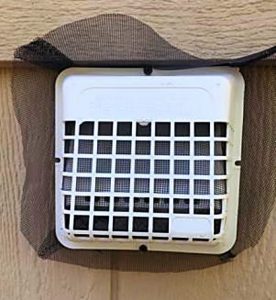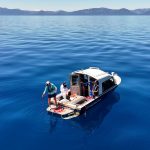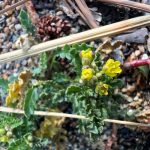Your dryer may be emitting microplastics
LAKE TAHOE, Calif./Nev. – In a recently published study from the Desert Research Institute (DRI), dryers may be significant source of microfibers and microplastics. Research estimates that across the United States, household dryers release more than 3,500 metric tons of microfibers—30 times the weight of the Statue of Liberty. The study was conducted with citizen science through the League to Save Lake Tahoe and opens the door for more environment protecting research with the help of everyday people.
Monica Arienzo, director of DRI’s microplastics and environmental chemistry lab, was the lead author of the paper. Arienzo said that while she was studying snow in remote parts of the Sierra about five years ago, she discovered microfibers in the environment. She wondered what could be causing these particles to be released, and saw that there was a gap in research about dryer emissions.
Previous research has shown that washing clothes can release microfibers into the water. But vented dryers also potentially can release microfibers, as both the agitation and heat break down textiles when they’re dried. “Every time you dry your clothes, hot air is vented, and your lint filter is the only thing that’s stopping those fibers from exiting the vent,” said Arienzo. She theorized that the hot air could be carrying microfibers up into the air, which then disperses them to more remote areas.
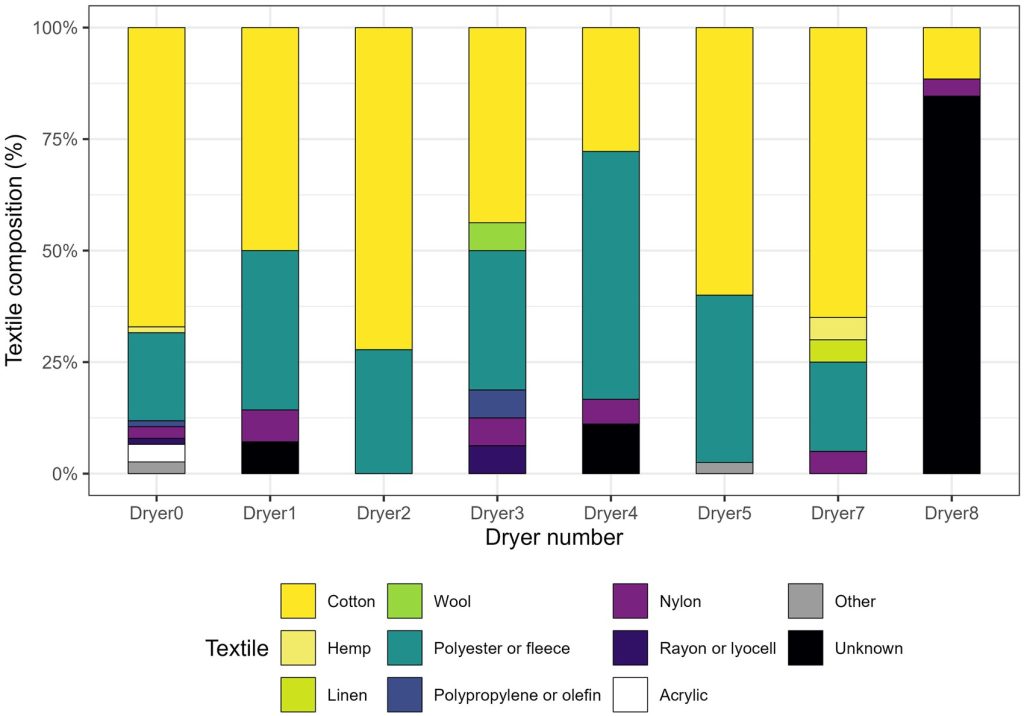
To capture microfibers in dryers, the researchers enlisted the help of the League to Save Lake Tahoe, also known as Keep Tahoe Blue. “We’re the first people trying this approach,” said Arienzo. She emphasized how valuable real-world data about drying habits was for this study and hoped to see it in future studies.
“This study is really the first of its kind,” said the League’s natural resources director Laura Patten, who was an author on the study. “Monica and the DRI have been amazing partners and this really moves forward our understanding of how pollutants get into the environment.”
Sustainable recreation manager Marilee Movius was involved in recruiting and training their volunteers to contribute. “It’s awesome and valuable to have citizen scientists volunteer, and it shows our approach of science to solutions,” said Movius. She helped inform these citizen scientists on how to collect the dryer data: installing a mesh, then filling out surveys that indicated the composition of clothes, towels and other cloth items they dried through the Citizen Science Tahoe app.
Many of the volunteers were already part of the Pipe Keepers program, and since this project’s data was collected during 2020, both Movius and Patten said it was a great opportunity to keep them connected to the mission to protect the lake during a time when volunteers couldn’t gather.
“Citizen science supercharges how quickly we can build and expand the base of scientific knowledge by adding more people to the scientific community,” said Patten. “And these are people who care about their communities and want to get involved.”
76 dryer loads were recorded during the study period and 38 were recorded for households that did not install mesh covers. Arienzo and her team recorded the weights of the meshes, length of microfibers collected and their compositions.
Overall, cotton was the most common microfiber found, though there were also significant amounts of polyester and fleece. While cotton and fleece are natural fibers, Arienzo noted that the dyes or chemical treatments on clothing could still be releasing harmful chemicals into the environment. Polyester and other synthetic fabrics are plastic-based, meaning that when they’re broken down into microfibers, they also release microplastics.
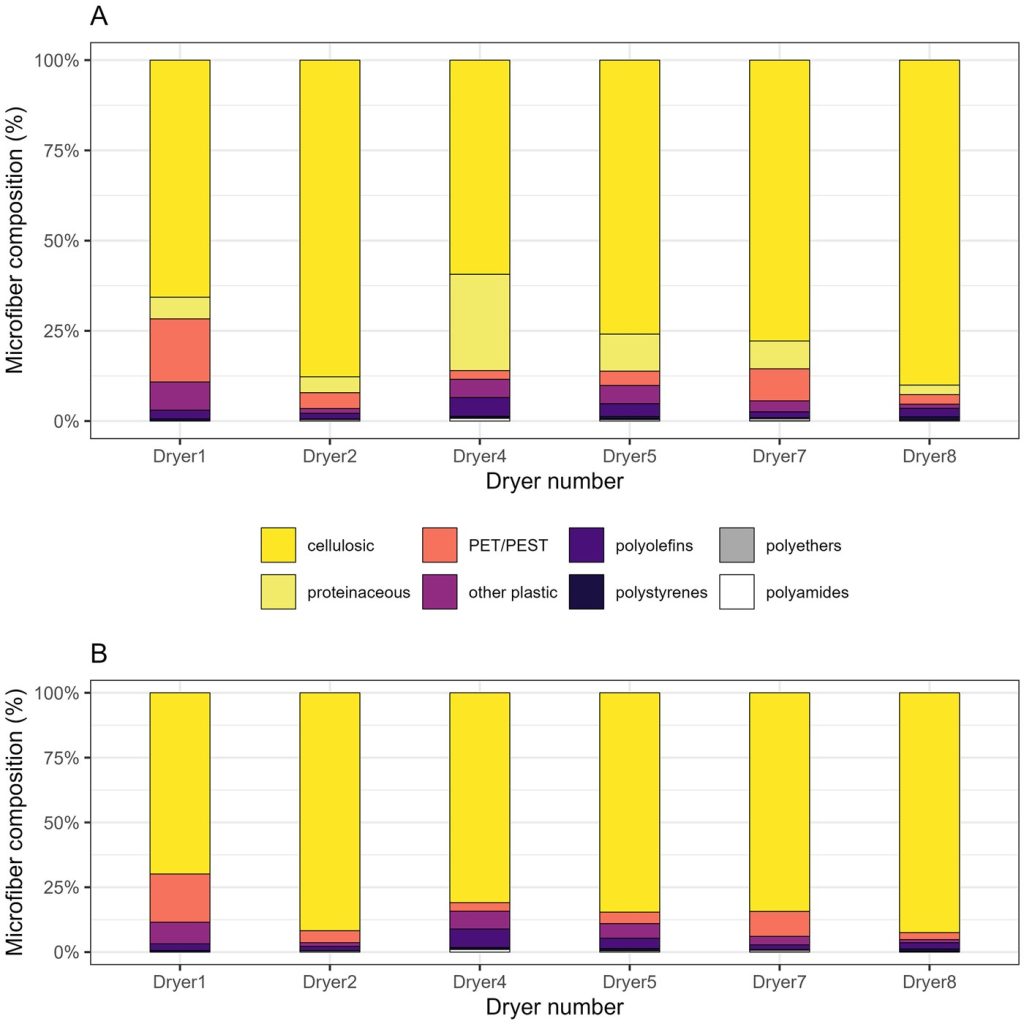
To prevent this exit of microfibers into the environment, Arienzo recommends disposing of lint regularly and also sealing lint inside of a plastic bag. She also noted that regular cleaning of the meshes that come with some dryer vents or installing a mesh could help.
Movius said that personal changes such as installing more efficient lint filters or air-drying clothes could also make a difference. “Conscious consumption does make a difference,” she said.
Patten said that this could also motivate people to think about what clothing materials they buy on a personal level, especially because of the lengthy lifecycle of microplastics and their impacts on both health of people, ecosystems and water quality. On a policy level, while there still needs to be more research gathered, the field of microplastics research is only continuing to expand.
“Research like this helps us to better understand the different sources of microplastics pollution, then utilize the data to understand how to reduce these sources,” said Patten. “This could be a call for companies to think about the materials they’re producing, or for us to have policy on other sources of microplastics pollution, in the same way we’ve gone to city council for styrofoam or plastic water bottle bans.”
Arienzo shared some of the materials and data they gathered with other scientists doing research on textiles. She says that they have received funding from the Department of Defense to investigate environmental impacts of chemically treated clothing, like those for military or firefighting uniforms. The DRI will also be getting research equipment to conduct this kind of textile research in the lab.
But Arienzo was pleased with the real-life impacts and habits they were able to get through citizen science. “Collaborating with the League was instrumental for this research, and their history of advocating for policy changes could mobilize this data,” said Arienzo. “I would love to continue to work with them and do more citizen science in Tahoe if we get the funding.”
Future research could involve looking deeper into the impacts of dryer model and year, frequency of usage (such as in laundromats) and drying cycles and times. Arienzo is also working with the League to research the impacts of tire breakdown on microplastics emissions.
“Tahoe is leading the way, breaking new ground with microplastics research that can be used beyond the basin,” said Movius. “And citizen science volunteers are a big part of that.”
You can volunteer to Keep Tahoe Blue on their website at https://www.keeptahoeblue.org/volunteer/. For further details on this research, you can read it online at https://doi.org/10.1093/etojnl/vgaf222
Eli Ramos is a reporter for Tahoe Daily Tribune. They are part of the 2024–26 cohort of California Local News Fellows through UC Berkeley.

Support Local Journalism

Support Local Journalism
Readers around the Lake Tahoe Basin and beyond make the Tahoe Tribune's work possible. Your financial contribution supports our efforts to deliver quality, locally relevant journalism.
Now more than ever, your support is critical to help us keep our community informed about the evolving coronavirus pandemic and the impact it is having locally. Every contribution, however large or small, will make a difference.
Your donation will help us continue to cover COVID-19 and our other vital local news.

